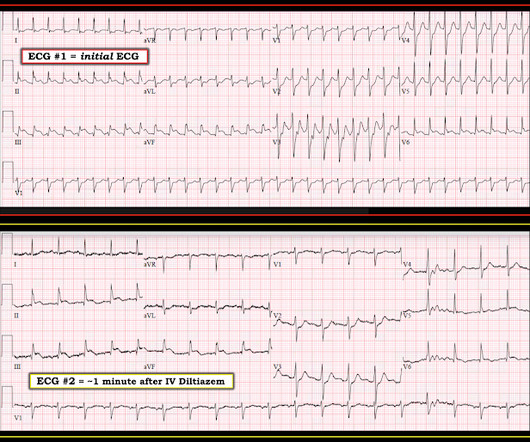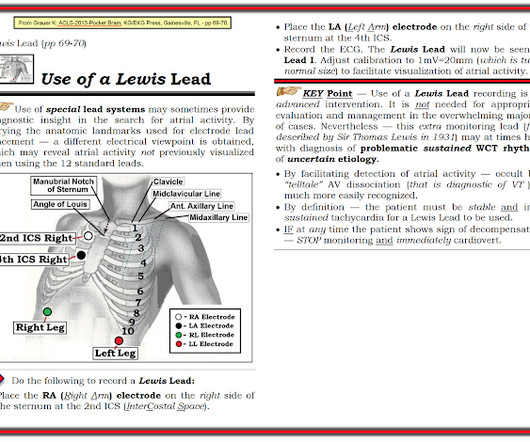Chest pain with anterior ST depression: look what happens if you use posterior leads.
Dr. Smith's ECG Blog
FEBRUARY 9, 2024
Written by Jesse McLaren A 65 year old with a history of atrial flutter, CABG and end-stage renal disease on dialysis presented with 3 days of fluctuating chest pain, which was ongoing at triage. The first ECG was labeled “anterior subendocardial ischemia”, but subendocardial ischemia does not localize. What do you think?














Let's personalize your content